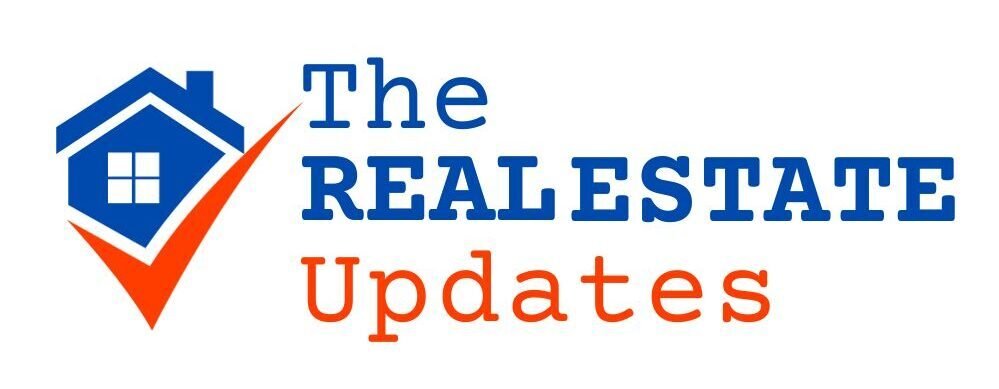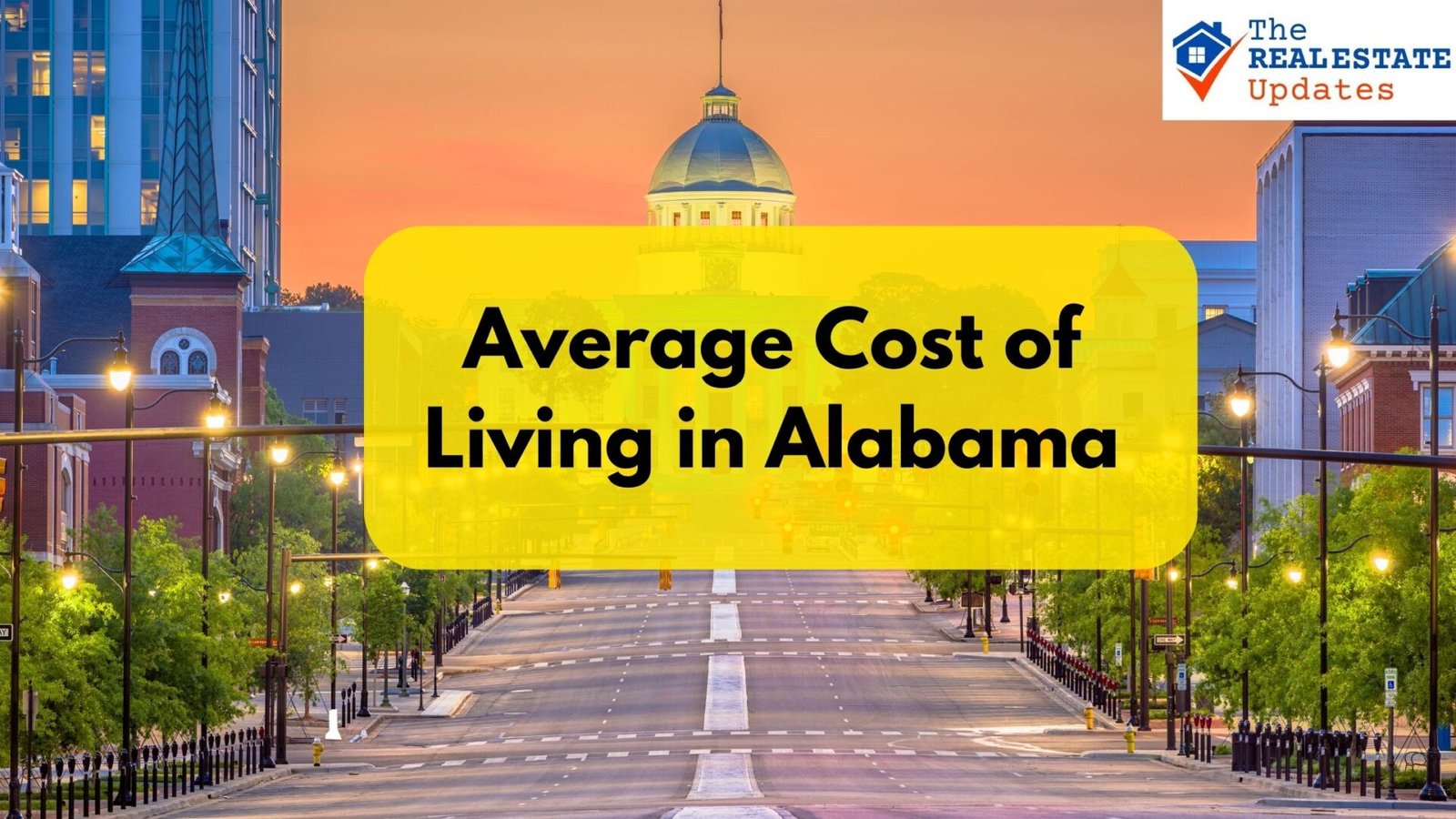Table of Contents
Alabama is known for its southern charm, rich history, and beautiful landscapes, but what truly sets it apart is its affordability. Compared to many other states, the cost of living in Alabama is relatively low, making it an attractive option for families, retirees, and young professionals alike. Whether you’re considering a move or simply curious, this blog will guide you through the essential expenses to help you understand the average cost of living in Alabama.
What Is the Average Cost of Living in Alabama?
When considering a move to Alabama, one of the most important factors to evaluate is the cost of living. This section will break down the average expenses you can expect to encounter in Alabama, helping you plan your budget and understand how your lifestyle might change in this diverse and affordable state.
1. Housing Costs
Housing is typically the largest expense for most people, and Alabama offers a variety of options to suit different budgets. The average cost of living in Alabama is heavily influenced by the housing market, which remains relatively affordable compared to the national average.
- Overview of Housing Market: In urban areas like Birmingham and Huntsville, the cost to rent a one-bedroom apartment can range from $800 to $1,200 per month, while in more rural areas, rent can be as low as $500. If you’re looking to buy, the median home price in Alabama is around $220,000, which is significantly lower than the national median.
- Comparison with National Average: The cost to live in Alabama is notably cheaper when it comes to housing, with home prices being about 30% lower than the national average.
- Types of Housing: Whether you’re interested in a cosy apartment or a spacious single-family home, Alabama offers housing options that cater to a wide range of preferences and budgets.
2. Utilities
Utilities are another critical component of the average cost of living in Alabama. Given the state’s climate, with hot summers and mild winters, utility bills can fluctuate throughout the year.
- Average Utility Costs: On average, Alabama residents spend around $150 to $200 per month on electricity, water, and gas. Internet service typically adds another $50 to $75 per month.
- Regional Variations: Utility costs can vary depending on the city or region, with more urbanized areas tending to have slightly higher rates.
- Seasonal Influences: The summer months can lead to higher electricity bills due to the increased use of air conditioning. It’s important to factor this into your budget when considering the cost of living in Alabama per month.
3. Food and Groceries
When it comes to food, the average cost of living in Alabama remains quite reasonable. Whether you prefer cooking at home or dining out, Alabama provides plenty of affordable options.
- Grocery Costs: The average household in Alabama spends about $300 to $400 per month on groceries. This can vary depending on dietary preferences and family size.
- Eating Out: Dining out in Alabama is generally affordable, with meals at casual restaurants costing around $10 to $15 per person. Fine dining, while more expensive, is still relatively accessible compared to larger cities outside the state.
- Local vs. National Chains: Local markets and grocery stores often provide fresh produce and meats at competitive prices, sometimes even lower than national chains, which contributes to the overall affordability of the cost to live in Alabama.
4. Transportation
Transportation costs can vary significantly depending on where you live in Alabama and your lifestyle.
- Public Transportation: Public transportation is available in major cities like Birmingham and Montgomery, with bus fares typically costing around $1.50 per ride. However, public transit options are limited in more rural areas.
- Car Ownership: For those who drive, Alabama’s gas prices are slightly below the national average, and auto insurance premiums are relatively low, averaging around $1,300 annually.
- Commuting Costs: If you live in a suburban or rural area and commute to work, it’s essential to consider fuel costs, which can add up, especially if you have a long drive.
5. Healthcare
Healthcare is another crucial factor in understanding the cost of living in Alabama. The state offers a range of healthcare services, but costs can vary based on your insurance coverage and medical needs.
- Healthcare Access: Alabama has a robust healthcare system with numerous hospitals, clinics, and specialized care facilities. However, access to care may be more limited in rural areas.
- Insurance Costs: The average cost of living in Alabama includes health insurance premiums, which can range from $400 to $700 per month for individuals, depending on coverage and provider.
- Out-of-Pocket Expenses: On top of premiums, out-of-pocket costs such as co-pays, prescriptions, and emergency care can add to your monthly expenses.
6. Education and Childcare
For families, education and childcare are essential considerations when evaluating the cost of living in Alabama.
- Education Costs: Public education in Alabama is free, but additional costs for supplies, extracurricular activities, and uniforms can add up. Private schools, depending on location and reputation, can charge tuition ranging from $5,000 to $15,000 per year.
- Childcare Expenses: Childcare is a significant expense for working parents. On average, daycare costs in Alabama range from $400 to $800 per month, depending on the location and quality of care.
- Higher Education: If you have college-bound children, Alabama’s public universities offer relatively affordable tuition, with in-state tuition rates averaging around $10,000 per year.
7. Taxes
Taxes are a vital part of the cost of living in Alabama. Fortunately, the state’s tax burden is relatively low, contributing to its overall affordability.
- State Taxes: Alabama has a state income tax ranging from 2% to 5%, depending on your income level. The state’s sales tax averages around 4%, but local municipalities may add additional taxes, bringing the total to around 9% in some areas.
- Tax Benefits: Homeowners may benefit from property tax exemptions, which can lower the cost of living in Alabama per month.
- Comparison with Other States: Compared to neighbouring states, Alabama’s tax rates are lower, making it an appealing option for those looking to minimize their tax burden.
8. Miscellaneous Expenses
Lastly, it’s essential to consider other everyday expenses that can affect the average cost of living in Alabama.
- Entertainment and Leisure: Alabama offers a variety of affordable entertainment options, from outdoor activities like hiking and fishing to cultural events and festivals. Movie tickets average around $10, and a gym membership can cost about $30 per month.
- Clothing and Personal Care: The cost of clothing and personal care items in Alabama is comparable to the national average, with occasional sales and discounts at local retailers.
- Unexpected Expenses: It’s wise to budget for unexpected costs, such as home repairs or medical emergencies, which can impact your monthly budget.
Conclusion
The cost of living in Alabama is generally lower than in many other states, making it an attractive place to live for those looking for affordability without sacrificing quality of life. From housing to healthcare, the average cost of living in Alabama covers a wide range of expenses that can be manageable with proper budgeting. Whether you’re planning to move or simply curious, understanding the cost of living in Alabama can help you make informed decisions and enjoy all that this charming state has to offer.
Frequently Asked Questions
What is the average cost of living in Alabama compared to other states?
The average cost of living in Alabama is significantly lower than in many other states, making it one of the more affordable places to live in the U.S.
How does housing impact the average cost of living in Alabama?
Housing is a major factor in the average cost of living in Alabama, with home prices and rental rates being much lower than the national average.
Is the average cost of living in Alabama suitable for families?
Yes, the average cost of living in Alabama is very family-friendly, with affordable housing, reasonable utility costs, and access to quality education at lower costs.





